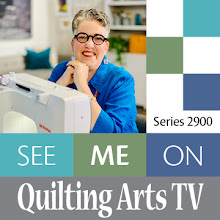Thought
you might like a peek inside my studio. I cleaned it up a few weeks ago
before starting on two new pieces, so it is tidier than usual! My
studio was our guest bedroom until I painted it red and my mom stopped wanting to stay overnight with us (she claimed the red color made her feel “like she was sleeping in hell”) and I took it over about 10 years
ago. It is 14' x 14', minus my husband’s closet, which we think was
built in the sixties. (Our house is 100 years old this year, so it
doesn’t have any closets that are original to the house.) As you will notice, I am not a minimalist. I have lots of little vignettes around my house, and lots of cool old stuff I love, and lots of collections to inspire me.






































































































